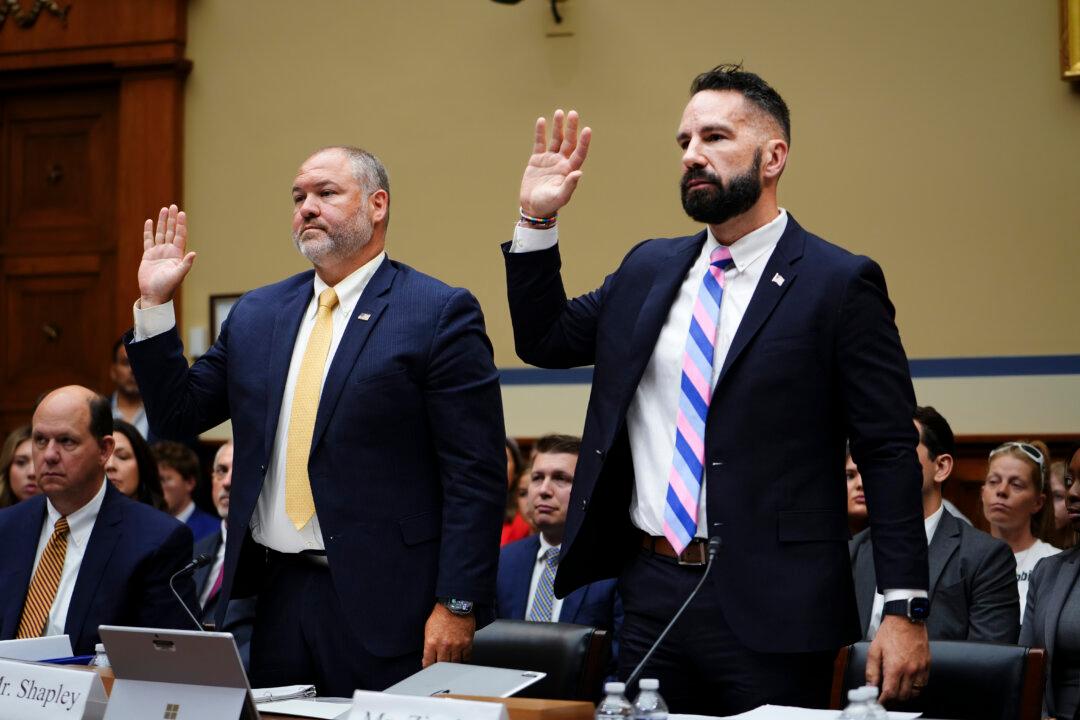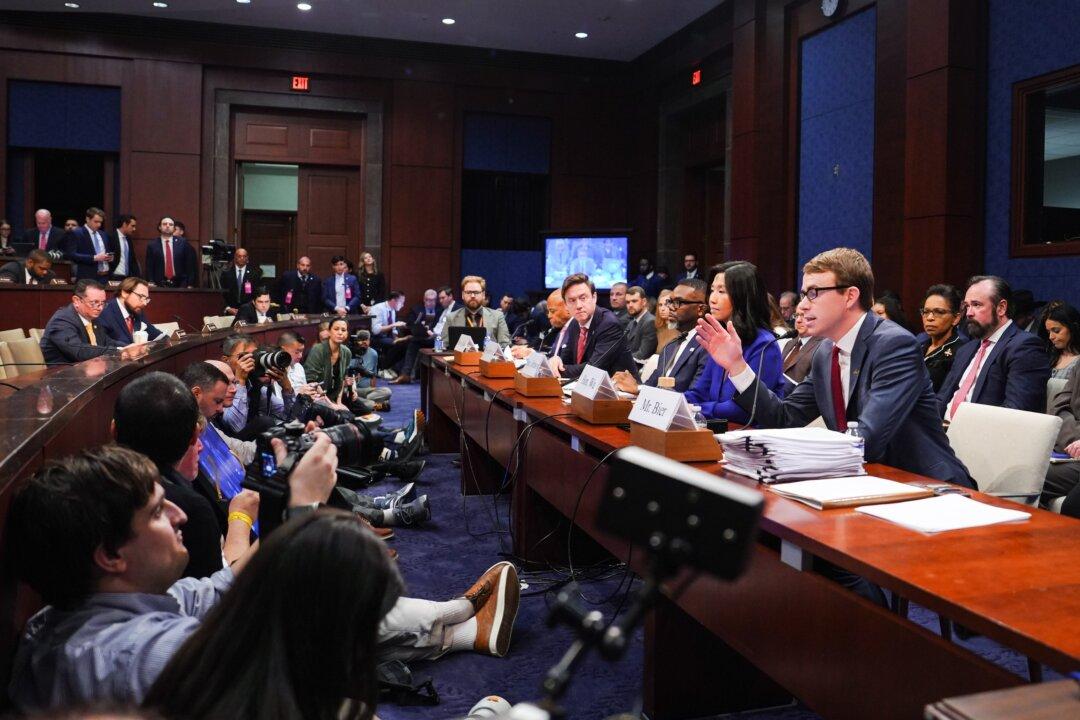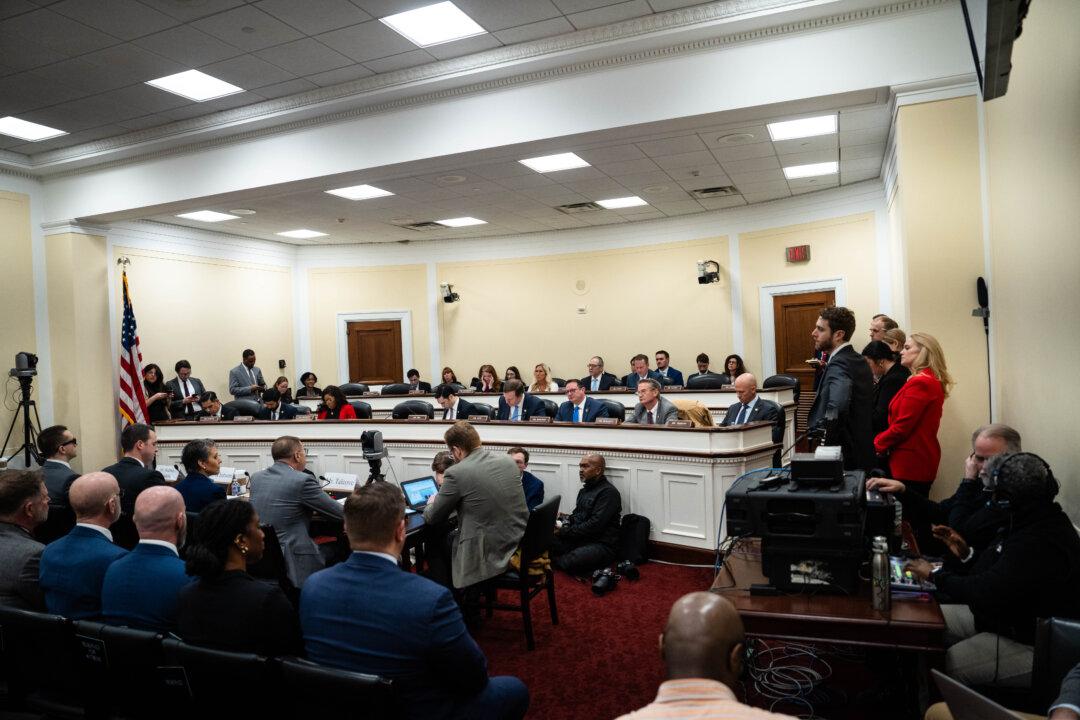One of the rarest moments in American governance is the Joint Session of Congress that convenes only every four years to receive and count the Electoral College votes in the previous November’s presidential election and to declare the official winner.
Article II, Section I of the U.S. Constitution, the 12th Amendment to the Constitution, and the Electoral Count Act of 1887 are the key laws governing the process members of the Senate and the House of Representatives must follow in Wednesday’s Joint Session.





